
New Arrivals – 1963 Fiat 500 & 1973 Rover P5 Coupe
Our Pettistree workshops have welcomed 2 new additions this afternoon. The first, is this beautiful 1963 Fiat 500 which belongs to a long time client


Our Pettistree workshops have welcomed 2 new additions this afternoon. The first, is this beautiful 1963 Fiat 500 which belongs to a long time client

Our 1971 MGB Roadster has made its way up to Scotland to meet its excited new owner Jamie! Our classic MGB was won by Jamie

As one of the leading companies in the production of 100% fossil-free fuel, P1 Fuels has been making huge progress in the automotive and racing

Our paintshop have finished work on our 1975 Jensen Interceptor here at the Bridge Classic Cars Suffolk HQ. This car has had a considerable amount
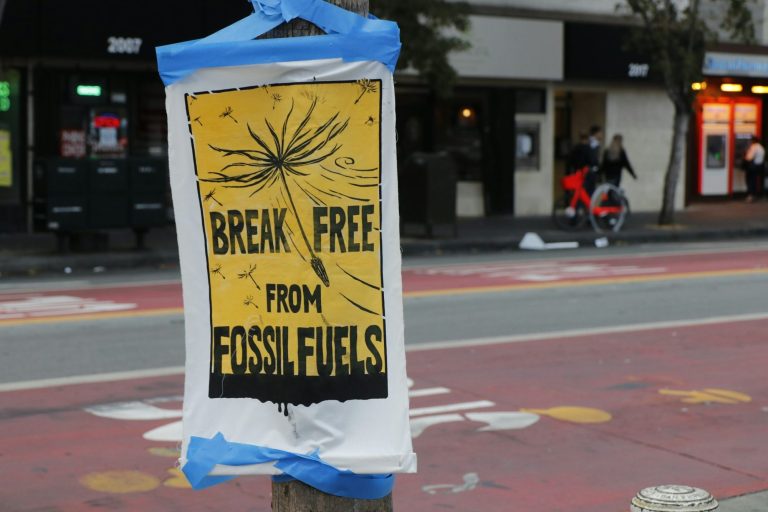
When it comes to reducing greenhouse gas emissions, transportation is the UK’s biggest challenge. While Battery Electric Vehicles (BEVs) are leading the charge for passenger

Our Pettistree workshops have welcomed 2 new additions this afternoon. The first, is this beautiful 1963 Fiat 500 which belongs to a long time client of ours. It’s come in for the team to get to the bottom of a few unwelcome noises with the car which the team will begin to get to the bottom of when the workshops open tomorrow morning.






Next up, is our 1973 Rover P5 Coupe which has come into the Bridge Classic Cars Suffolk HQ to be checked over by the workshop team to see what condition this fabulous 3.5-litre V8 classic saloon. We love these classic Rover’s here at our workshops so its always pleasure when another one comes through our workshop doors.








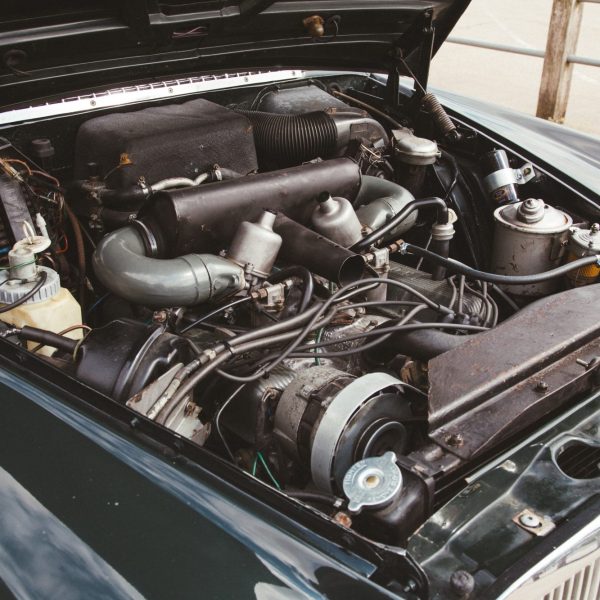

Our 1971 MGB Roadster has made its way up to Scotland to meet its excited new owner Jamie! Our classic MGB was won by Jamie through Bridge Classic Cars Competitions a couple of weeks ago, and the day finally came for our transport team to take the trip north from our Suffolk HQ to drop off Jamie’s new dream classic in our enclosed transporter.
We want to wish Jamie many happy miles with his MGB Roadster. If you want to be just like Jamie, head over to the Bridge Classic Cars Competitions website and enter to win your dream classic for just a few pounds.
As one of the leading companies in the production of 100% fossil-free fuel, P1 Fuels has been making huge progress in the automotive and racing sectors since its creation in 2018. They have established themselves as the exclusive fuel supplier for the FIA World Championships and numerous other international racing events, including classic car races. Their fuel is all about significantly reducing CO2 emissions in the mobility sector, which accounts for 21% of global CO2 emissions.
P1 Fuels offers a range of environmentally friendly fuels that meet the EN 228 standard, making them road-legal in the European Union and the UK. They are also certified by the Fédération Internationale de l’Automobile (FIA).
Their signature fuel, P1 Eco 100 Pro, achieves an impressive 77.4% reduction in well-to-wheel CO2 emissions compared to traditional fossil fuels. Additionally, it has been shown to emit lower levels of NOx, HC, and particulate matter, helping companies meet their Scope 3 emissions targets and achieve their sustainability goals. P1 Fuels have demonstrated their fuel’s performance in various racing series worldwide, proving its quality and reliability in the most demanding environments. Importantly, P1 fuels can be used in all spark-ignition engines without requiring any modifications to existing refuelling infrastructures.
As production scales up, P1 Fuels aims to further reduce greenhouse gas emissions by up to 94% compared to conventional fossil fuels, presenting a viable solution for decarbonising the mobility sector today.


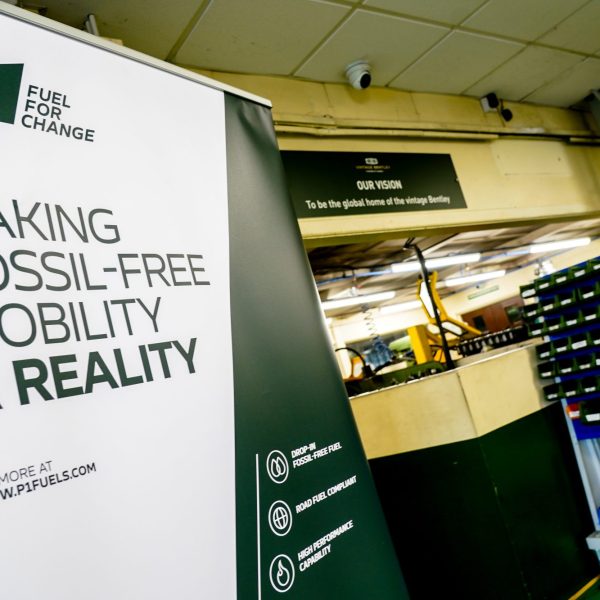
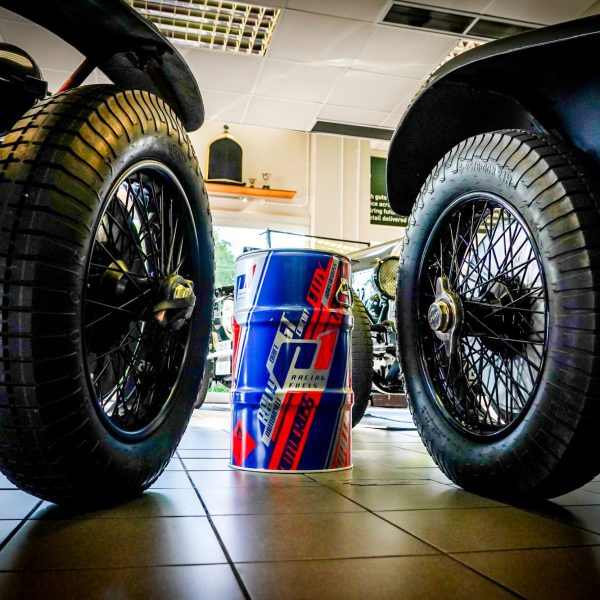
P1 Fuels was founded by Martin Popilka, an avid motorsport enthusiast and former racer. His firsthand experience in the racing industry revealed a significant challenge: the sector’s substantial contribution to global CO2 emissions. Driven by his passion for racing and a commitment to environmental sustainability, Popilka established P1 Fuels. His goal was to support the motorsport industry and the broader transportation sector in transitioning to greener, more sustainable solutions, in alignment with the Paris climate goals.
With approximately 1.3 billion fossil-fuel-powered cars currently on the road, P1 Fuels offers an immediate, fossil-free alternative that is compatible with any petrol engine and requires no technical modifications. This makes it an attractive, sustainable option for reducing the carbon footprint of existing vehicles.




P1 Fuels is actively partnering with fleet companies to reduce CO2 emissions in daily transportation. Their product portfolio includes storage and mobile refuelling solutions, as well as first-fill fuels for car manufacturers (OEMs). A significant jump forward for P1 Fuels is the launch of a demonstration plant in Germany in 2024, followed by the construction of an industrial-scale plant expected to commence in 2025, with a target operational date of 2029. This will facilitate their entry into the mass market, making fossil-free fuels more accessible and widespread.

Our paintshop have finished work on our 1975 Jensen Interceptor here at the Bridge Classic Cars Suffolk HQ. This car has had a considerable amount of work done by both our fabrication team and our paint and body team, each and every hour poured into this car perfectly illustrates the skill of our team.
Finished in a stunning shade of Bronze, this classic Jensen will be heading back to its owner who has chosen to finish the restoration themselves and we are so excited to see the finished car hopefully very soon.
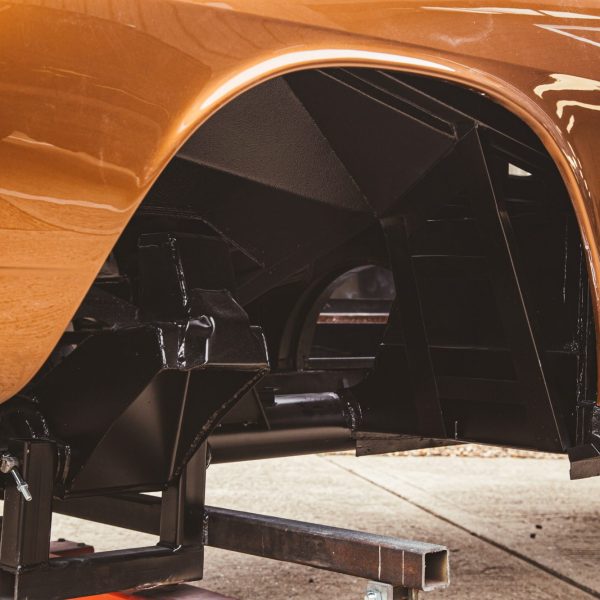









When it comes to reducing greenhouse gas emissions, transportation is the UK’s biggest challenge. While Battery Electric Vehicles (BEVs) are leading the charge for passenger cars and vans, hydrogen shows promise for aviation, shipping, buses, and Heavy Goods Vehicles (HGVs), especially in scenarios where battery charging infrastructure and range limitations are issues.
The UK’s Zero Emissions Vehicle (ZEV) mandate aims for 22% of new cars to be ZEVs by 2024, increasing to 80% by 2030 and 100% by 2035. Although BEVs are expected to dominate, it’s worth questioning if they are the best technology.
A ZEV, as defined by the UK Government, is a vehicle that emits zero grams of CO2 per kilometre during the Worldwide Harmonized Light Vehicles Test Procedure (WLTP). This means that both BEVs and Fuel Cell Electric Vehicles (FCEVs) qualify as ZEVs. However, this definition doesn’t account for emissions from the entire lifecycle of the vehicle.
Life Cycle Assessment (LCA) offers a more comprehensive view by evaluating CO2 emissions from manufacturing to disposal. For instance, although BEVs produce zero emissions at the tailpipe, their overall CO2 impact includes the emissions from electricity generation, which still relies partly on fossil fuels. Currently, about 35% of the UK’s electricity is from fossil fuels, while renewables and nuclear contribute 36% and 15%, respectively.
The LCA results show that BEVs and Plug-in Hybrid Electric Vehicles (PHEVs) have similar total CO2 emissions, mainly due to the significant CO2 produced during battery manufacturing and the current energy mix. Future improvements in battery recycling and increased renewable energy use could tip the balance in favour of BEVs though.
Hydrogen, especially green hydrogen produced from renewable sources, has the potential to lower CO2 emissions significantly. However, the infrastructure for green hydrogen is still in its infancy. Early adoption is expected in buses and HGVs, but the long-term demand will likely come from the shipping and aviation sectors, where hydrogen can serve as an energy carrier rather than a direct fuel.
While BEVs currently lead the zero-emission vehicle market, hydrogen has a promising future, particularly for applications where batteries fall short. The transport sector’s shift to greener solutions will likely involve a mix of technologies, including improved battery systems, green hydrogen, and synthetic fuels.
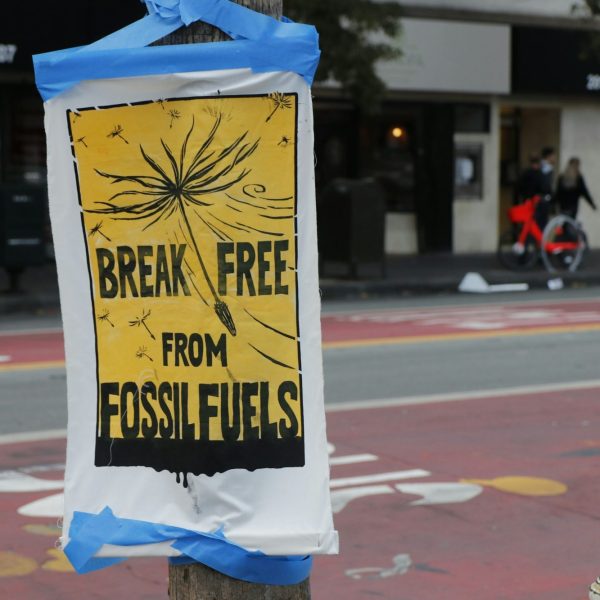

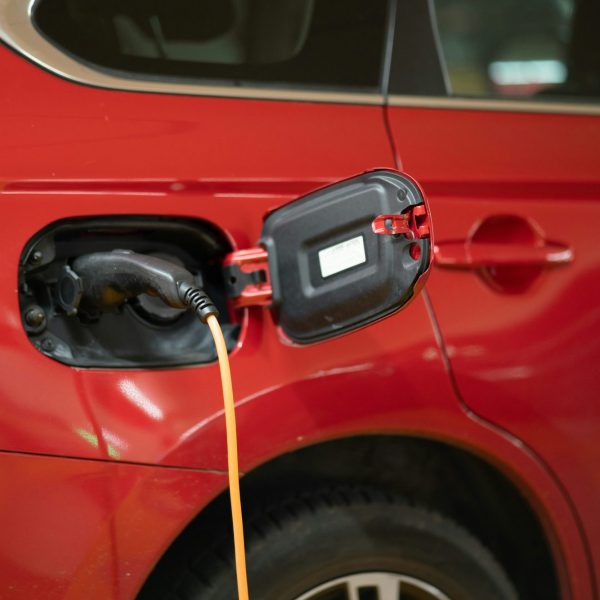
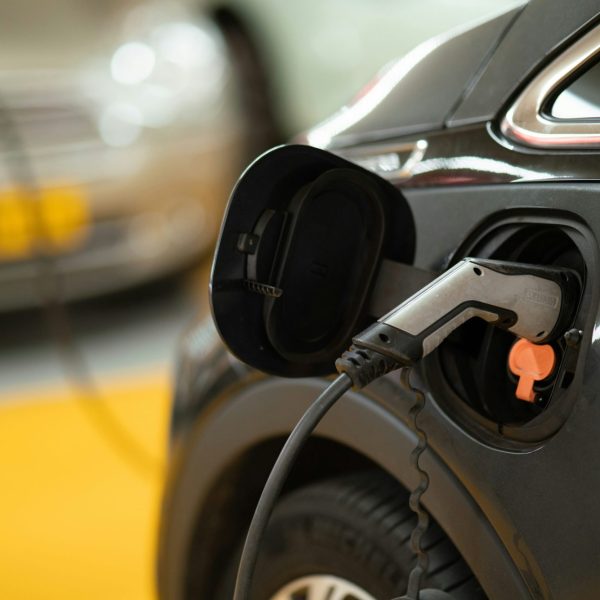
When it comes to hydrogen as a fuel, safety is a top priority. While hydrogen presents unique risks, it’s important to understand how they differ from traditional fuels. Hydrogen is highly flammable and can ignite easily, but its lightweight nature means it disperses quickly in the event of a leak, reducing the risk of accumulation and subsequent explosions.
Safety protocols for handling hydrogen are rigorous. Hydrogen systems are designed with multiple safety layers, including leak detection and automatic shutdowns to prevent accidents. For example, hydrogen fueling stations are equipped with sensors that detect leaks and automatically stop the fuel supply if an issue arises.
Comparatively, petrol and diesel are more prone to lingering and spreading fires due to their heavier nature. This makes hydrogen a safer option in some scenarios, as it doesn’t pool on the ground or spread as easily.
Transporting hydrogen also requires specialised infrastructure. Hydrogen pipelines are built with materials that can withstand the high pressures and potential weakness caused by hydrogen. Hydrogen storage tanks are also designed to endure significant impacts without rupturing.
Training and education are crucial for anyone with hydrogen. Technicians need to be highly knowledgeable in the specific safety measures required for handling and maintaining hydrogen systems. This includes understanding the properties of hydrogen, proper storage methods, and emergency response procedures.
While hydrogen comes with its own set of dangers, these are manageable with the right knowledge, technology, and safety practices. As we move towards a more sustainable future, understanding and managing the risks associated with hydrogen will be key to its successful integration into our energy and transport systems.
If you look at the potential of hydrogen as a future fuel, it’s worth noting its range of uses in transportation. The UK Government’s Hydrogen Roadmap anticipates a significant rise in hydrogen demand for transport by the late 2020s and mid-2030s, particularly for maritime and aviation sectors, while heavy goods vehicles (HGVs), rail, and light vehicles may not see as much demand unless electrification isn’t the sole option.
This comes as the government extends the deadline for selling new internal combustion vehicles to 2035 to align with European standards, reflecting the need for alternative strategies beyond electrification due to environmental, economic, and social concerns.
While battery electric vehicles (BEVs) dominate the zero-emission vehicle (ZEV) market, their registration numbers dropped in 2023, influenced by both the new internal combustion engine (ICE) sales deadline and challenges related to EV economics and charging infrastructure. Concerns over BEVs’ environmental impact, particularly regarding rare earth materials and lithium mining, persist. Life Cycle Assessments (LCAs) reveal that plug-in hybrid vehicles (PHEVs) and BEVs have similar CO2 impacts, with BEVs requiring significant mileage to offset their manufacturing emissions compared to fossil fuel vehicles.
Some automotive manufacturers are investing in synthetic fuels (E-Fuels) and hydrogen technologies, indicating that the future of ZEVs isn’t limited to one solution. Alternatives like ammonia and sustainable aviation fuel (SAF) are also under consideration for sectors where batteries aren’t viable.
E-fuels are produced by combining hydrogen with captured CO2, resulting in a liquid hydrocarbon fuel similar to petrol or diesel. This approach, if powered by renewable energy, can be nearly carbon-neutral despite producing particulate emissions.
Fuel cell electric vehicles (FCEVs) convert hydrogen to electricity via a fuel cell, emitting only water vapour. They offer quick refuelling times and long ranges, comparable to conventional cars.
Hydrogen combustion engines, while efficient and clean, face challenges like high ignition temperatures and corrosive properties, making them complex to design and maintain. Ammonia, with its high hydrogen content and ease of storage, is promising for low-speed engines but has drawbacks like high autoignition temperature and NOx emissions.
Looking ahead to 2050, it’s likely that a mix of fuels will power vehicles. Hydrogen from renewable sources, improved battery technologies, and liquid E-Fuels will all play roles in reducing CO2 emissions. While BEVs might remain carbon-intensive, advancements in technology and shifts in vehicle ownership models could shape a diverse and sustainable transport future.
We use cookies to deliver the best possible experience whilst visiting our website. By clicking "Accept All", you consent to our use of cookies, or you can manage your preferences by clicking the link below. You can manage your preferences at any time from out Cookie Policy page.
Leave a Reply